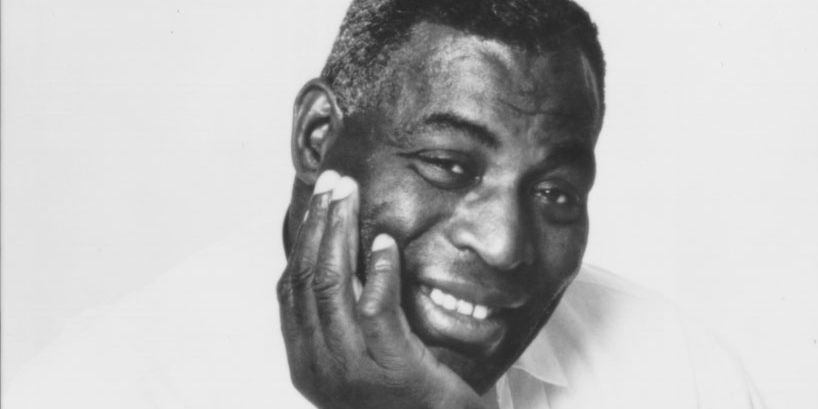
Howlin’ Wolf: Smokestack Lightning
The first song in our series is Howlin’ Wolf’s “Smokestack Lightning,” a cornerstone of Chicago Blues. Howlin’ Wolf’s daughter and his longtime guitarist Hubert Sumlin talk about the importance of […]
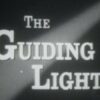 play_arrow
play_arrow
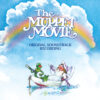 play_arrow
play_arrow
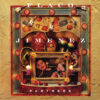 play_arrow
play_arrow
The Sounds of America: Flaco Jiménez’s Partners album BMPAudio
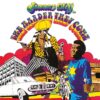 play_arrow
play_arrow
The Sounds of America: The Harder They Come Soundtrack BMPAudio
 play_arrow
play_arrow
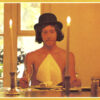 play_arrow
play_arrow
 play_arrow
play_arrow
 play_arrow
play_arrow
 play_arrow
play_arrow
 play_arrow
play_arrow
Science Of Happiness 76: If You Want to Be More Productive, Cut Yourself Some Slack BMPAudio
 play_arrow
play_arrow
 play_arrow
play_arrow
 play_arrow
play_arrow
Science of Happiness 73: How to Switch Off Your Critics BMPAudio
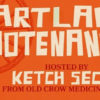 play_arrow
play_arrow
 play_arrow
play_arrow
Science of Happiness 72: How To Reconnect With Your Partner BMPAudio
 play_arrow
play_arrow
The Science of Happiness 71: Do You Want To Be More Patient? BMPAudio
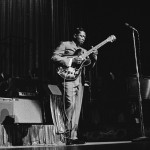 play_arrow
play_arrow
Red, White and the Blues BMPAudio
 play_arrow
play_arrow
The Science Of Happiness 70: How To Love People You Don’t Like BMPAudio
 play_arrow
play_arrow
The Science of Happiness 69: What’s Your “Why” In Life? BMPAudio
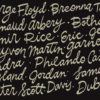 play_arrow
play_arrow
The Science of Happiness 68: From Othering to Belonging BMPAudio
 play_arrow
play_arrow
The Science of Happiness 67: Taking Small Steps toward Big Goals BMPAudio
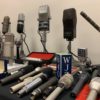 play_arrow
play_arrow
1A Memorial Day Special BMPAudio
 play_arrow
play_arrow
The Science of Happiness 66: How to Connect When You Must Stay Apart BMPAudio
 play_arrow
play_arrow
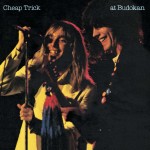 play_arrow
play_arrow
 play_arrow
play_arrow
The Science of Happiness 64: Helping Kids Think About the Good BMPAudio
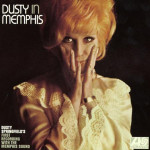 play_arrow
play_arrow
 play_arrow
play_arrow
The Science of Happiness 63: Remembering to Breathe BMPAudio
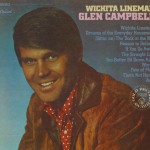 play_arrow
play_arrow
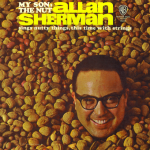 play_arrow
play_arrow
The Sounds of America: “Hello Muddah, Hello Fadduh” BMPAudio
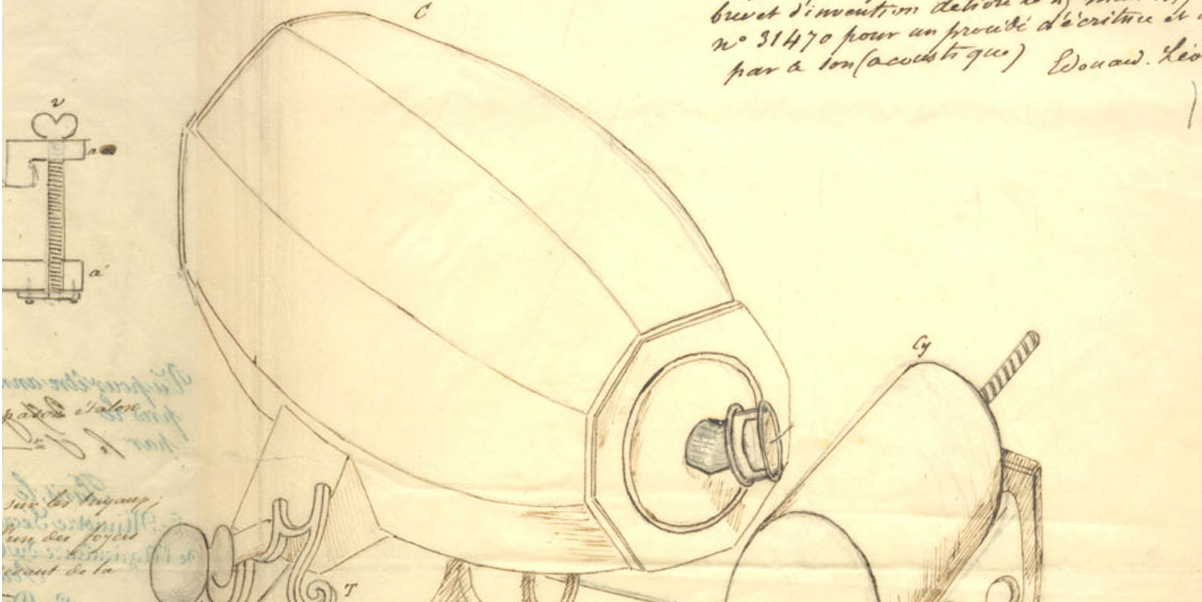
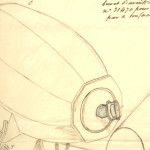 play_arrow
play_arrow
Phonautogram BMPAudio
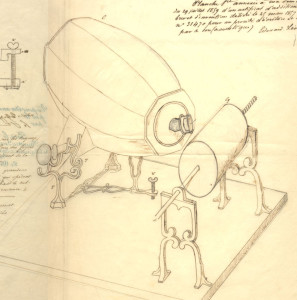 Did you know there are audio recordings that predate Thomas Edison’s phonograph by almost 20 years? The phonautogram was invented by a Frenchman named Éduoard Léon-Scott and patented in 1857, translating sound waves (shakily) onto sheets of paper. But for the last century, no one had been able to decode the information on Léon-Scott’s sheets and listen, until a team of scientists and historians figured it out.
Did you know there are audio recordings that predate Thomas Edison’s phonograph by almost 20 years? The phonautogram was invented by a Frenchman named Éduoard Léon-Scott and patented in 1857, translating sound waves (shakily) onto sheets of paper. But for the last century, no one had been able to decode the information on Léon-Scott’s sheets and listen, until a team of scientists and historians figured it out.
One of these recordings has just been entered into the Library of Congress’ National Recording Registry. The sound is the inventor singing the folk song “Au Claire de la Lune.”
Audio historian Patrick Feaster, archeophonist David Giovannoni, and physicist Carl Haber were part of the team that restored and preserved the recording, which was made by a quill attached to a vibrating membrane. “That’s the principle all modern sound media are based on,” explains Feaster. “Telephones, sound recording and reproduction, microphones, loud speakers — it all goes back to that idea that he could harness those vibrations and use them to capture the world of sound.”
CORRECTION: Due to a confusion between different versions of the recording, Léon-Scott’s “Au Claire de la Lune” plays in our story twice as fast as it was originally recorded. The recording can be heard at the correct speed here. We regret the error.
Tagged as: Carl Haber, David Giovannoni, Patrick Feaster.

BMPAudio December 23, 2010
The first song in our series is Howlin’ Wolf’s “Smokestack Lightning,” a cornerstone of Chicago Blues. Howlin’ Wolf’s daughter and his longtime guitarist Hubert Sumlin talk about the importance of […]
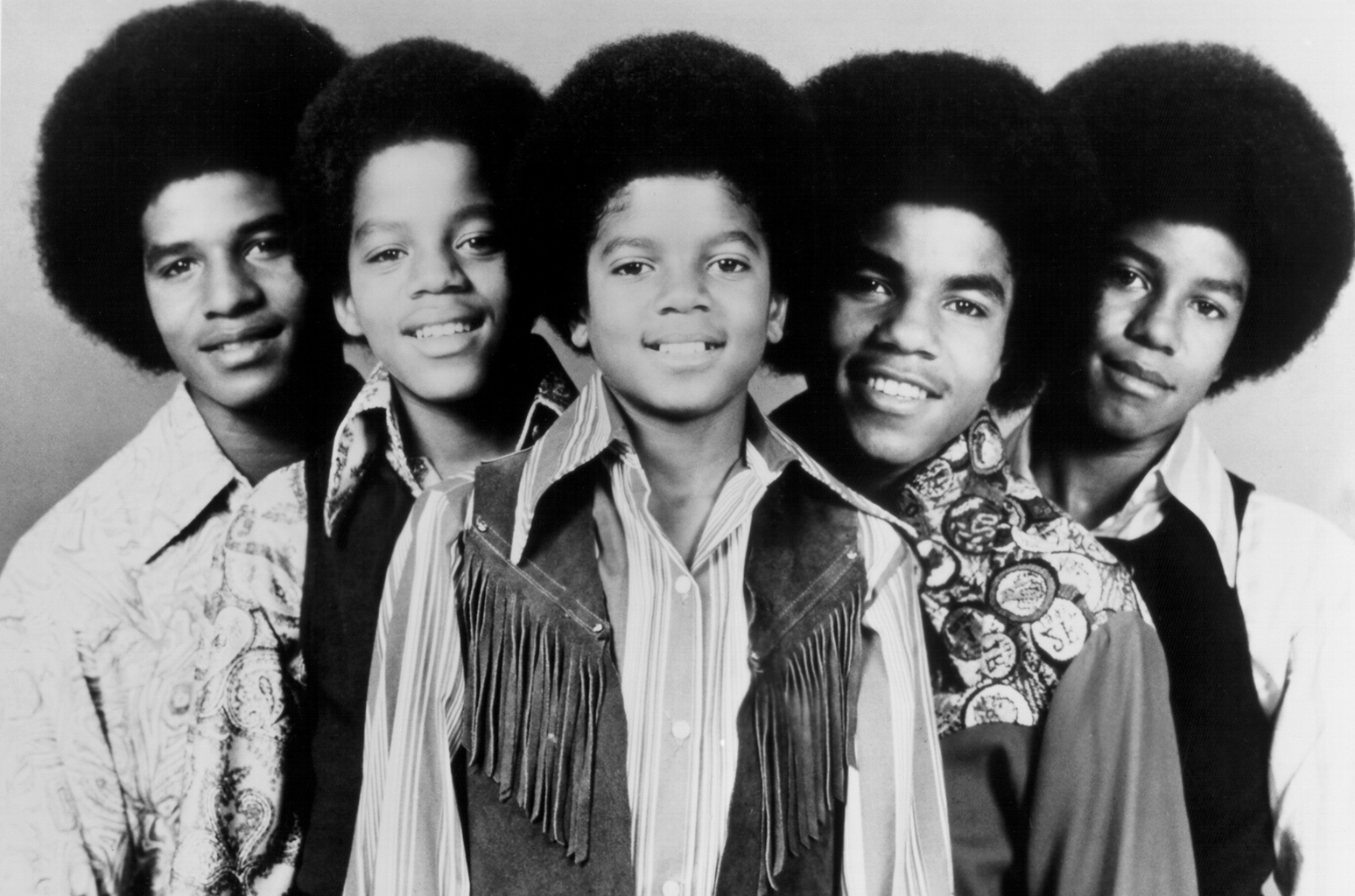
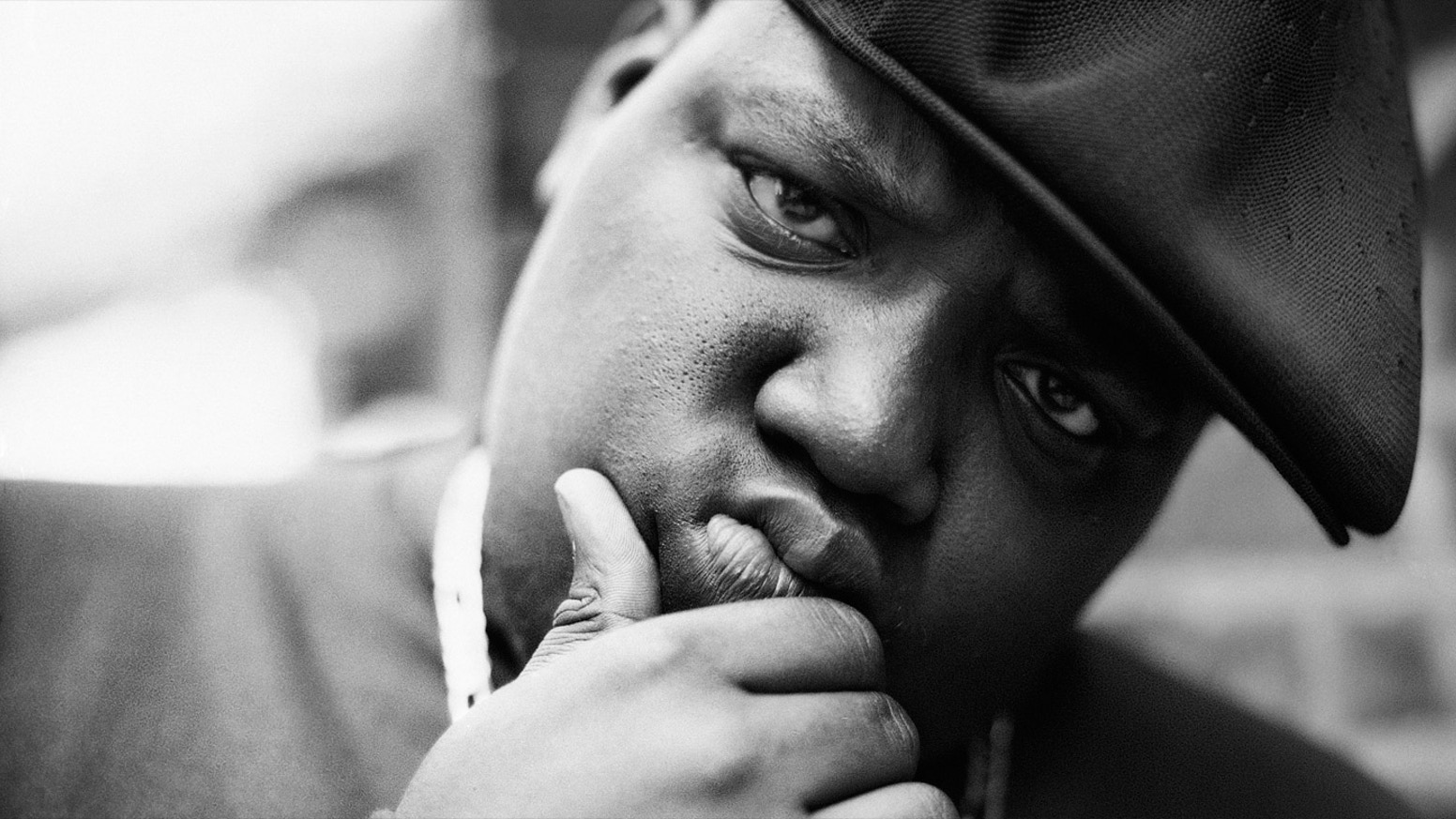
Whether a syndicated national radio series, podcast, documentary or audiobook, BMP Audio creates imaginative, sophisticated and effective sound tracks for your ideas. Our fully digital production facilities assure the highest level of audio fidelity. The world’s top broadcast companies know this – and that’s why they choose BMP Audio.